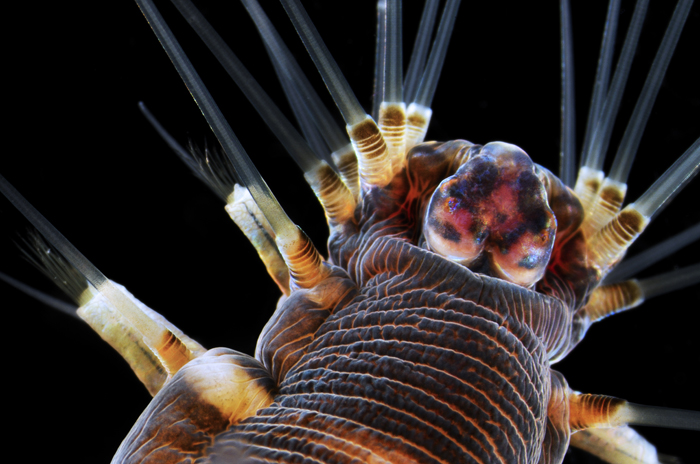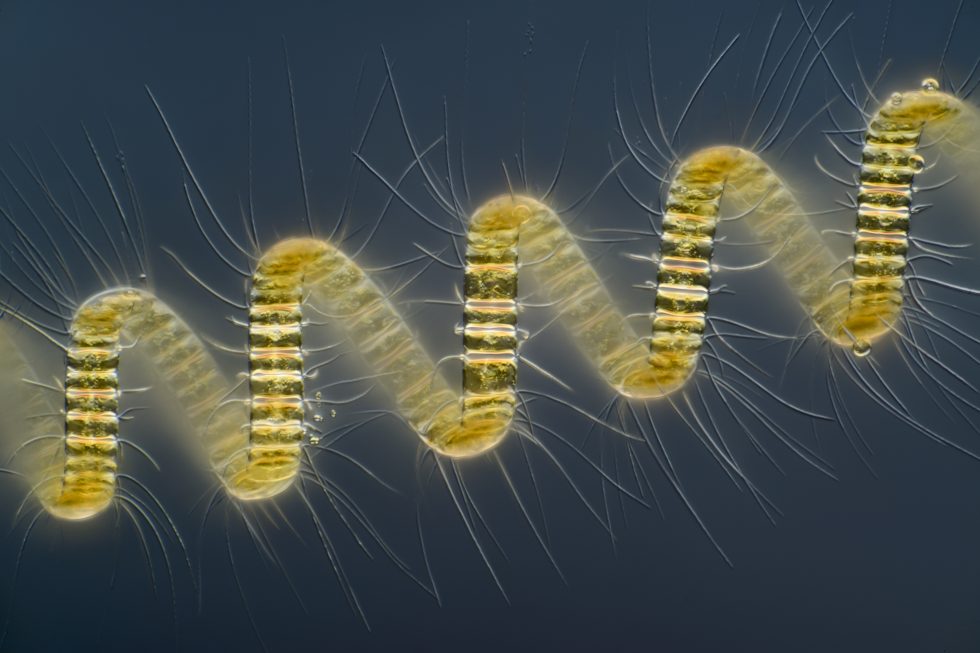Images from the glorious world around us that we never see
Ars Technica » Scientific Method 2013-11-01

Nikon's digital imaging systems aren't limited to consumers and professional photographers. The same expertise that makes for effective camera lenses also allows the company to make lenses for microscopes, which end up in the hands of scientists and students around the world.
Each year, Nikon invites anyone with a microscope to submit the best images they've captured with them, and each year, the winners capture scenes of amazing beauty, none of which were seen by humanity until a few hundred years ago. They're a great reminder that science hasn't only opened a window on distant galaxies and faraway planets; it's also given us a whole new view on the life and matter that make up the world we inhabit.
Wim van Egmond
The first prize winner is this diatom, Chaetoceros debilis. Aggregates of cells join together to form spiral structures and extend spines made of silica. According to NOAA, these spines will lodge in the gills of fish, causing irritation and mucus production that eventually suffocates the fish. As a result, booms in this diatom's population have been associated with fish kills. This photo was done using light microscopy by Wim van Egmond of the Micropolitan Museum in the Netherlands.
10 more images in gallery
All of these images and more are available from Nikon's contest site.
Read on Ars Technica | Comments





